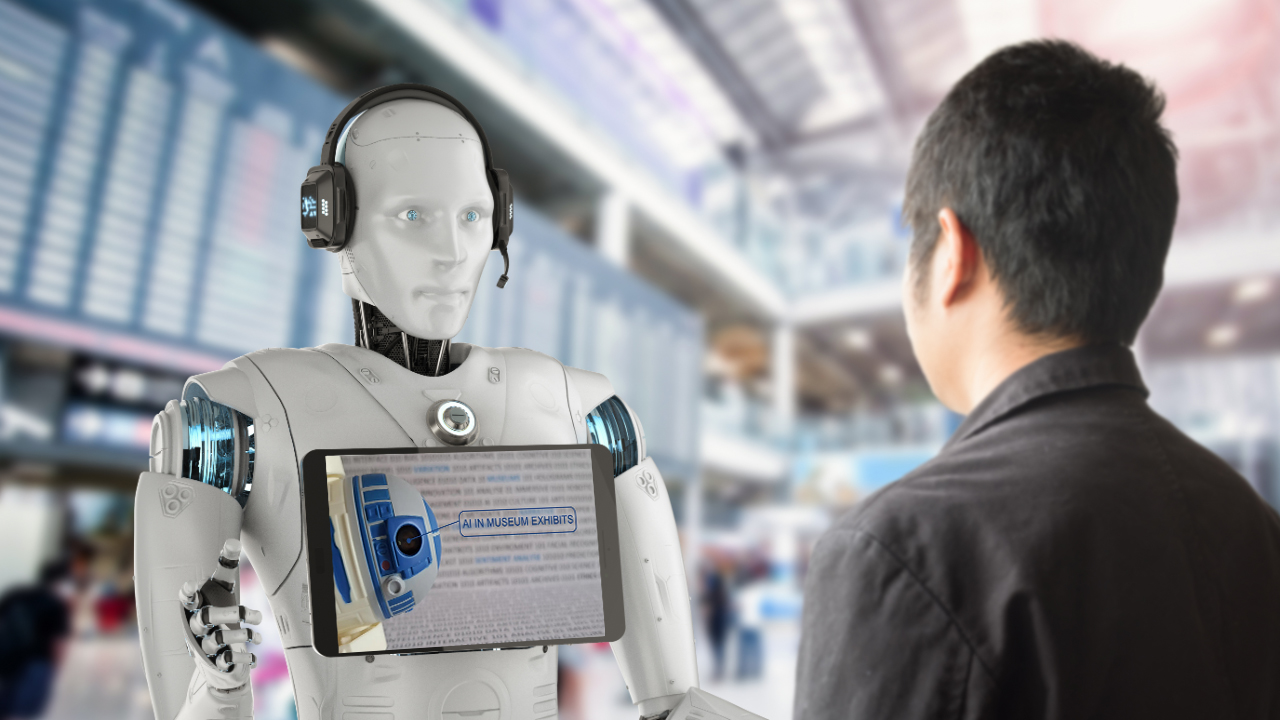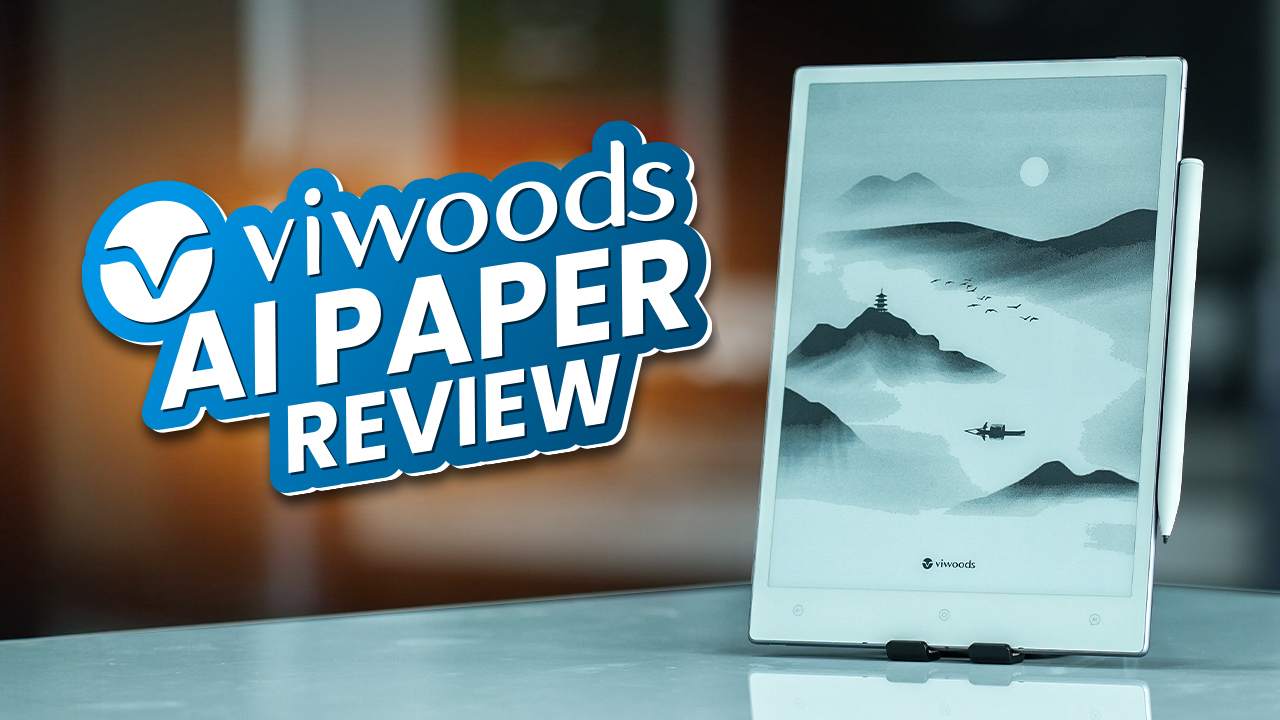Museums have always been esteemed as establishments that breathe life into history, art, and education. They offer an environment where visitors can immerse themselves in the past and explore the world around them. However, keeping museum exhibits captivating and engaging can pose a challenge. This is where AI voiceover technology comes into play, revolutionizing the museum experience and introducing an approach for visitors to interact with the exhibits.
Introducing Artificial Narratives
Among the applications of AI voiceover technology in museums is the creation of artificial narratives. With the assistance of AI, museums can now generate realistic voices that can narrate their exhibits. These voices have the ability to provide descriptions and historical context and even share anecdotes to enrich visitors’ comprehension and engagement.
Crafting Authentic Experiences
AI voiceover technology empowers museums to craft immersive experiences for their visitors. By utilizing voices, museums can bring figures to life by sharing their perspectives and insights firsthand. Just imagine standing before a painting when suddenly you hear the artist’s voice describing the inspiration behind their work, the techniques employed, and even delving into its meaning. This adds a new dimension to your experience – making it more personal and captivating.
Engaging the Senses
Museums often rely on visuals and written descriptions to convey information to visitors. However, by incorporating AI voiceover technology, museums can create an experience that engages multiple senses simultaneously. By combining visuals with storytelling, museums can offer a comprehensive and memorable learning experience. Visitors not only get to see the exhibits but also hear captivating narratives that add depth and impact to their visit.
Accessibility for All
One of the benefits of implementing AI voice technology in museums is its ability to enhance accessibility for all visitors. Traditional museum exhibits heavily rely on written text, which can pose challenges for individuals with impairments or difficulties in reading. With AI voiceovers, this gap is bridged as descriptions and information become accessible to everyone. This inclusive technology ensures that all visitors can fully engage with the exhibits and have an enriching experience.
Personalized and Interactive Experiences
AI voiceover technology opens up possibilities for interactive experiences in museums. Through AI algorithms, synthetic voices can adapt to preferences by providing tailored information based on each visitor’s interests. For instance, if someone has an interest in a historical era, the AI voiceover can delve deeper into that time period, offering more detailed insights tailored specifically to their fascination. This customization improves the engagement of visitors and motivates them to explore more.
Additionally, AI voiceover technology can enable features within the exhibits themselves. Visitors can engage in a conversation experience by asking questions to the AI voice, which triggers responses. This interactive element adds excitement and discovery, making the museum visit more engaging and memorable.
Challenges and Important Factors
While AI voiceover technology offers advantages for museum exhibits, there are also considerations and challenges. One major concern is maintaining authenticity. It is crucial to design voices that accurately represent historical figures or personas. The voice should evoke the tone, accent, and mannerisms to create an experience.
Another challenge is finding the balance between utilizing AI voiceovers as a tool while preserving the true essence of the exhibits. It is essential that technology enhances visitors’ experiences without overshadowing the exhibits themselves.
Moreover, privacy and data security are important aspects to consider while implementing AI voiceover technology. Visitors must feel confident that their personal information and interactions are secure and will be handled appropriately without any misuse.
The Future of AI Voiceover in Museums
As AI technology progresses, we are just scratching the surface of its potential in museum exhibits. In the coming years, we can anticipate advanced AI voiceover systems that provide personalized and interactive experiences seamlessly blending with the museum environment.
Conclusion
AI voiceover technology is transforming how museums connect with their visitors. By using narratives, museums can create customized experiences that deepen comprehension and leave a lasting impact. While some challenges may arise, they can be addressed by focusing on authenticity, striking a balance with technology reliance, and safeguarding visitor privacy. With AI continuously evolving, the future of museum exhibits shines brighter than before, promising to breathe life into history and art.







